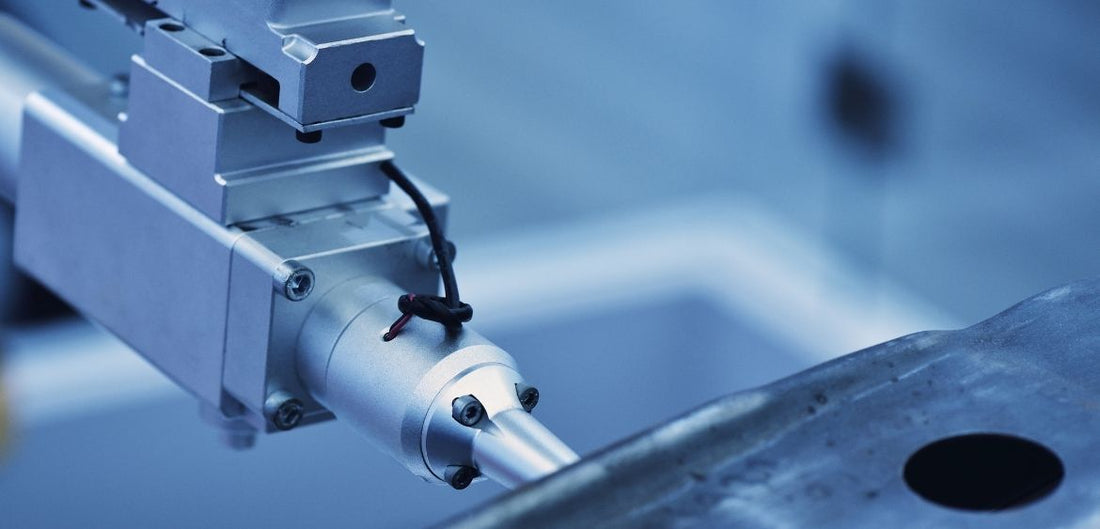Actuators come in a variety of speeds. When you want to change the speed of, it's more than just a matter of making the gears go faster. Here's everything you need to know about the speed of the actuator you're buying.
Actuation with a Twist
Any lead screw creates motion through the rotation. The motor turns the gears, the gears turn the screw, and the screw moves the nut along the shaft. How fast or slow comes down to the pitch. There are also other ways you can control the speed of the stroke, such as by using a PWM (Pulse Width Modulator) or a potentiometer.
A Good Pitch
The amount of space between the threads of a lead screw is what is known as 'pitch.' The larger the gap between the threads, the shorter the amount of time it takes to complete a rotation around the screw. This means the actuator will get to its full extension faster. Slower devices have small pitches, increasing the amount of time it takes for the actuator to get to the end of the stroke.
PWM (Pulse Width Modulator)
This is one way to control speed. Instead of purchasing an entirely new actuator at a lower speed, you can purchase a PWM. This device turns a constant energy flow into a pulse while maintaining a smooth stroke. This modulator (adjuster) can expand or contract the width of the pulse. You cannot go above the maximum speed, but you can slow it down to a near stop.
Potentiometer
These devices have a few different uses. Back when they were first invented, scientists used them to measure experiments. In this case, a potentiometer can be used to vary the voltage supply. The lower the voltage, the less speed.
What Will Affect the Speed?
One of the biggest factors that will affect the speed is mistreatment. If you're putting 1,000lbs of force on a 500lb actuator, you'll probably do some permanent damage to the component, while affecting the speed, to say the least. If your lead screw has nicks or cracks in it, this may affect how it moves along the stroke and the speed it gets up to.
This makes it very important to spec correctly for the project. One of the most common reasons for failure is that your device isn't meant to handle the kinds of force, speed or other stressors it's being put under.
Get the Right Product For the Project
Progressive Automations has a wide range of products with varied speeds that are designed to give you the product you need for any project. Even if you can't find the one you are looking for, we will customize one for you. Just visit our custom orders section and find out how we can get you in motion.





